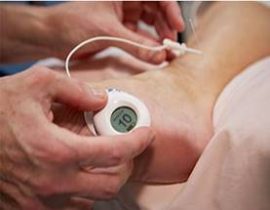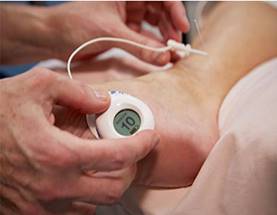By Jon Anderson, Senior Therapy Resource – Texas
If you or a loved one has bladder control issues, you’re not alone. Millions of people in senior living facilities are in the same situation. In fact, more than 70 percent of long-term care residents are not in complete control of their urinary bladder function.
Bladder control problems, such as overactive bladder (OAB), are not a normal part of aging. OAB is not something one has to accept. OAB can limit social life, making it harder to share meals, play cards and stay active in the community. There are also serious health risks associated with this condition, from urinary tract infections and poor sleep to skin problems and falls. OAB is a treatable condition and can be treated in the long-term care facility by a physical therapist.
What Is OAB? OAB is a common condition that prevents you from controlling when and how much you urinate. People living with OAB may experience any of the following:
- Urgency — the sudden sensation of needing to use the bathroom
- Frequency — using the bathroom more than eight times per day
- Urge incontinence — unexpected small or large leaks
 Physical therapy can treat OAB through utilization of Medtronic NURO system. How does this therapy work? Medtronic Bladder Control Therapy delivered by Medtronic NURO system restores bladder function by stimulating the tibial nerve through an acupuncture-like needle placed near the ankle.
Physical therapy can treat OAB through utilization of Medtronic NURO system. How does this therapy work? Medtronic Bladder Control Therapy delivered by Medtronic NURO system restores bladder function by stimulating the tibial nerve through an acupuncture-like needle placed near the ankle.
The therapy is delivered during a 30-minute session, once a week for 12 weeks, by a licensed physical therapist and is covered by Medicare and most insurance providers. This therapy is proven to significantly improve the symptoms of OAB, reducing urgency, frequency and daily urge incontinence episodes. Several recent studies have shown the therapy to decrease OAB type symptoms by 40 percent. At Ensign Affiliates, we are currently piloting this therapy at Legend Oaks San Antonio West and are looking to expand the pilot in the coming months. The most common side effects of PTNM are temporary and include mild pain and skin inflammation at or near the stimulation site. Rest assured, the stimulation is gentle on the patient. It is not painful, although your patient may feel a slight tingling in their heel or the base of their foot. For full prescribing information, see professional.medtronic.com/NURO.

